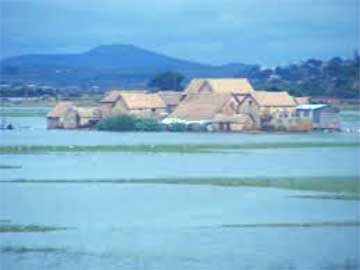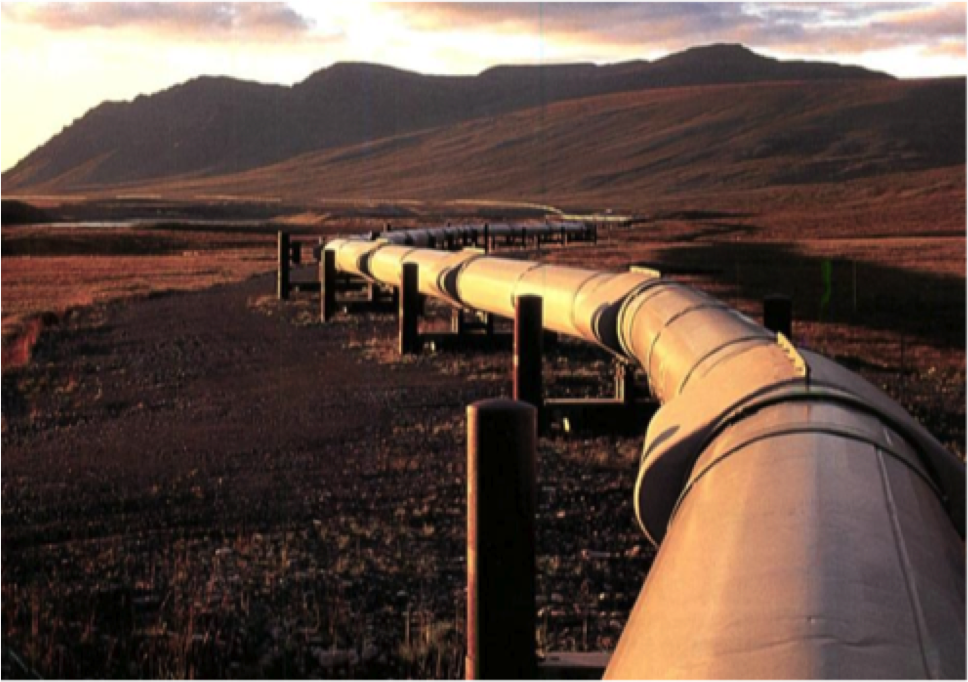By Rado Harintsoa Rakotosamimanana
While the continuing torrential rains fell down in the Capital and the surrounding cities, the south of Madagascar is experiencing drought and food insecurity.
Toliara : sun, sea and…starvation
Toliara, with more than 2 millions inhabitants is one of Madagascar’s most impoverished and arid areas. Drought is at full tilt with a prickly vegetation, main cause of starvation and food insecurity in the South of Madagascar. This situation has a name, KERE. KERE or starvation is plaguing Toliara’s households.
No data could be collected on the scale of the suffering, but local authorities have reported deaths. Ironically, for Toliara’s inhabitants, Kere or starvation is a shame that needs to be hidden at all costs so whenever asked if they had lost a family member due to starvation, there is almost always a negative answer.
Many local and international nonprofits have been battling the issue along with the government. March 2015 had been dedicated to rally Malagasy people to stretch out hands to people in the south. This initiative was from the Ministry of population led by Mrs. Onitiana Realy, the Minister of population.
There are estimations that more than 200,000 people suffer from food scarcity and insecurity. This is a cycle they have to live until the rain falls again. Rights activists say that the southern part of the country needs help more than before.
Antananarivo : The Capital drowns in the water
Rains were abundant and even excessive in Antananarivo. Since mid-December to March, the inhabitants of the capital city suffered a lot due to intermittent rains and massive flooding.
19 people were found dead and 60,000 victims of the disaster have been recorded in Antananarivo. A state of emergency was declared.
See Also: Climate Change Drives Rural-Urban Migration to Dhaka’s Slums
Wake Up Madagascar, a network of young Malagasy activists joined the movement to collect goods from individuals to dispatch to the homeless.
Miaro Madagascar, a Malagasy association promoting child education, though overwhelmed by the situation, made every effort to give assistance to the needy.
Both organisations gave first aid to victims and managed to pursuade Malagasy citizens to works with them.
These upheavals unified Malagasy and demonstrated that relief and rescue efforts in disasters could start at home not necessarily from abroad.










